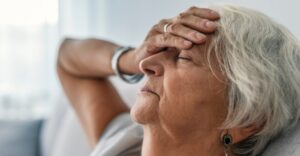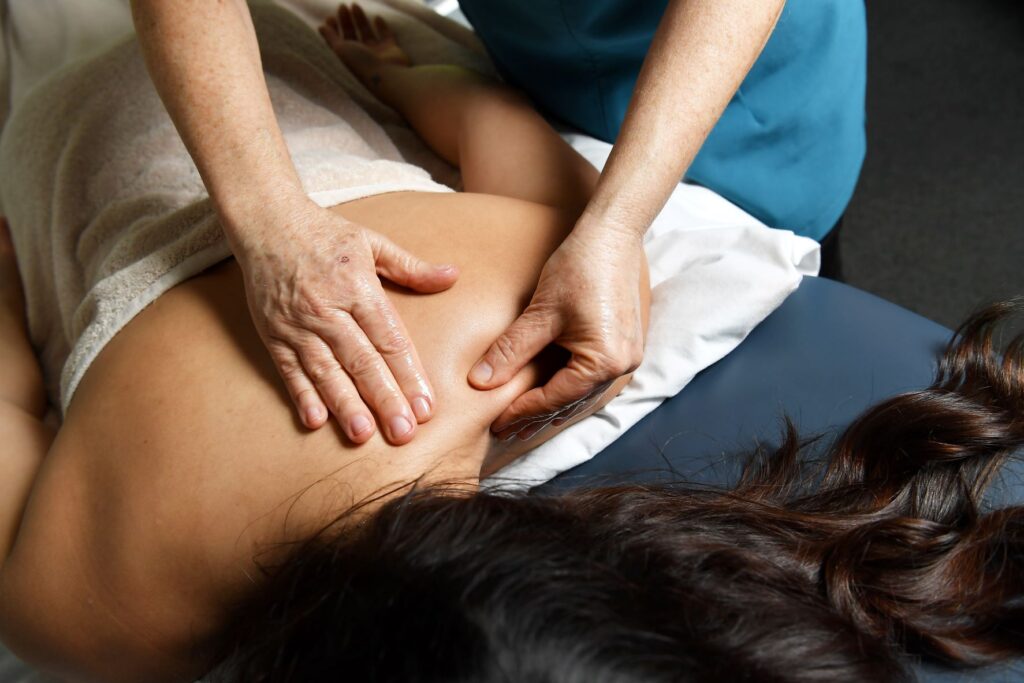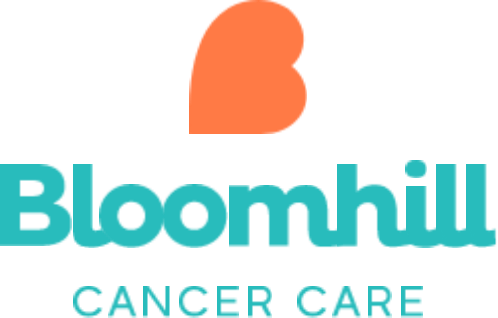The information in this document is based on resources from Breast Cancer Network Australia (BCNA), Cancer Council, Macmillan (UK) Cancer Centre. All information provided by Bloomhill is based on research and best practice guidelines. Our model of care utilizes the Clinical Oncology Society of Australia (COSA) domains of wellness along with available clinical evidence. Always consult your care team regarding matters that affect your health. This is a guide intended for information only.
When thinking of Cancer, and the conventional treatments that go along to fight this disease (Chemotherapy, Immunotherapy, Hormone treatment, Radiation Therapy), many are already aware of the standard physical side effects and symptoms that are associated with these treatments, such as Nausea, fatigue and weight fluctuations.
However, there are many side effects that are not as widely known about. One of these side effects includes Hot flushes. Both men and women can experience hot flushes when undergoing treatment, whether as a result of surgery, radiation, chemotherapy and/or certain medications.
The severity of this symptom can vary from one person to another and may start as a feeling of warmth in your neck or face, and could possibly spread to other parts of your body.

Hot flushes can be categorised by;
- Reddening of the skin
- Light or heavy sweating
- Heart palpitations
- Feelings of panic or irritability
These can last from 2 to 30 minutes, and unfortunately can be disruptive, making sleep and other activities of daily living difficult.
What causes Hot flushes?
Menopausal symptoms (eg hot flushes and night sweats) are a common side effect of certain cancer treatments. In women, chemotherapy, surgery for endometrial or ovarian cancer, and radiation to the pelvic area, will generally induce menopause.
Additionally, most common types of cancer that can result in suffering from Hot flushes/menopausal symptoms, is hormone positive breast cancers, with cancer cells that are tested positive for a significant number of receptors such as estrogen or progesterone. These are considered hormone-receptor positive. These types of cancer’s can be treated with medication that lowers the body’s production of these hormones, thus preventing the cancer from feeding off them and growing. Even though this reduces the chance of cancer reoccurrence, it also can result in problematic side effects, such as menopausal symptoms.
However, while its commonly known that women more often report experiences of hot flushes, due to changes in hormone levels, men also experience this side effect.
The male reproductive organ, particularly the testes, produce the hormone testosterone. Many men undergoing surgery or treatment for testicular or prostate cancer can experience hot flushes and excessive sweating as well. ADT (Androgen deprivation therapy) is commonly used after prostate surgery and radiation, to reduce the testosterone levels, in which the cancer is feeding off, therefore reducing the rate of cancer growth. Because of these lowered levels, hot flushes and sweats may occur.
 Supportive Therapies at Bloomhill:
Supportive Therapies at Bloomhill:
Having had discussions with clients throughout the centre this week, feedback has been that whilst little can prevent or completely resolve flushes a common factor is heightened emotions, mainly stress and anxiety. Reducing stress and anxiety is certainly easier said than done especially whilst dealing with your cancer treatment and all that accompanies it so this is where our Bloomhill Therapists can work their magic. Massage, acupuncture, and reflexology can promote relaxation, lessen stress and anxiety and in turn ease hot flush symptoms.
Allied Health:
Talking with a psychologist, counsellor or one of our lovely nurses can also help alleviate stress and help you with support and coping mechanisms.
Tips and Tricks:
Here are a few remedies that can lessen their incidence and effect:
- Instant Cool towels – you can buy these online or from most pharmacies. These towels immediately cool when wet, and don’t require refrigerating. A hot tip would be to take one with you wherever you go, then when needed, simply wet and cool down.
- Dressing appropriately – Ensure that you wear loose fitted, breathable cotton fabrics. Additionally, dress in layers, so that you can always remove a layer when the hot-flushes hits. It is recommended to avoid synthetic fabrics.
- Preparing for the day – Fill a water bottle with water and freeze it. You can sip on the icy water throughout the day to help stay cool – and then use the frozen bottle as an ice pack on your chest and neck during the hot flush for relief.
- Instant relief – Pop a bottle of face mist in the fridge to spritz on your face to cool down or use a handheld fan. La Roche Posay and Avene are two facial mists that you can buy from the chemist.
- Bedding for a good night’s rest – Use natural fabric bed sheets: Cotton and bamboo sheets, and silk pillow cases can provide comfort. Additionally, you can pop a frozen gel pack under your pillow before bed – then if you wake with a hot flush turn your pillow over for instant coolness.
- Dietary tips – Try to reduce caffeine and spicy foods as these can be a trigger.
- Documenting – Keep a note of when you experience hot flushes – and what you are doing when they happen – you may be able identify ‘triggers’ and find a way to reduce or avoid them.
- Emotional triggers – Try to reduce stress where possible. Meditation and yoga can be wonderful ways to reduce stress. There are some great apps you can download to listen to meditations and relaxation tracks (see resource list below). You can also attend Bloomhill’s weekly mediation and mindfulness group.
If in doubt, see you GP – There are some medications that can be prescribed by your GP that may reduce hot flushes.
Further Resources:
- BCNA Breast cancer and hormone booklet
- Hormone therapy and prostate cancer
- Early menopause ovarian cancer
Mindfulness/mediation resources:
- Cancer Council – Finding Calm meditation/relaxation audio
- Insite Timer website (also available as free app on your phone)
- Smiling Mind



